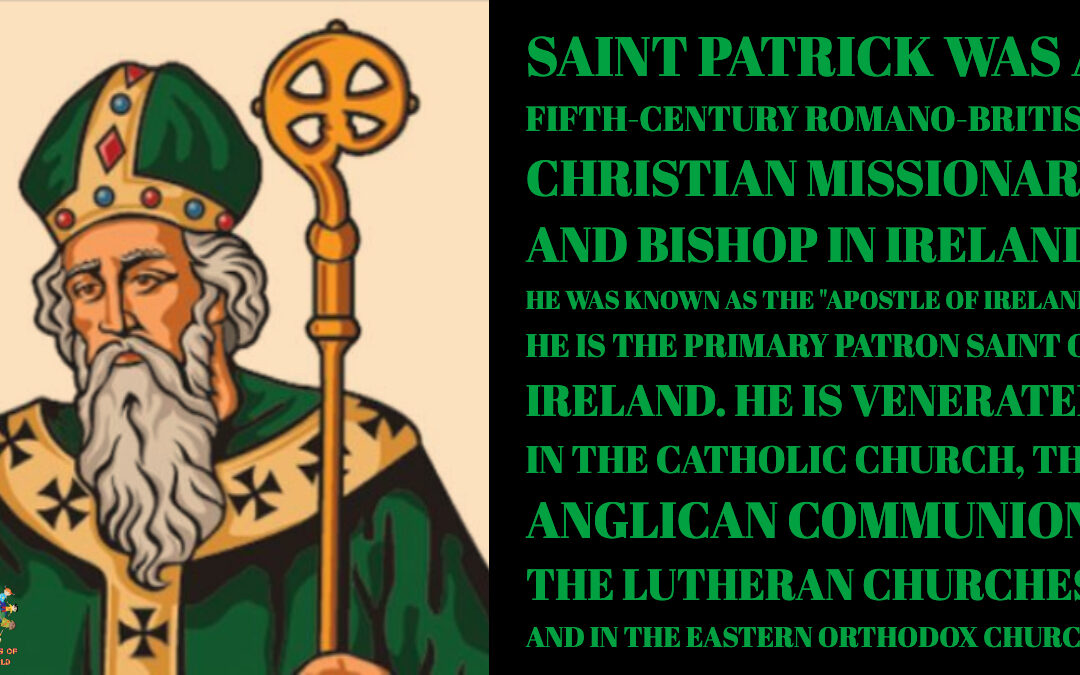Saint Patrick was a real person. He was born in Britain in the late 300s or early 400s.
Patrick was kidnapped by pirates and sold as a slave when he was a teenager in Ireland. He worked as a shepherd for six years, then escaped and returned home to Britain.
After several years of religious training, Patrick returned to Ireland to convert people to Christianity. He became a Romano-British missionary and bishop in Ireland.
Saint Patrick is currently venerated in the Catholic Church, the Anglican Communion, the Lutheran Churches, and the Eastern Orthodox Church.
There are various traditions and legends associated with Saint Patrick and the holiday. Let’s take a look.
Legends
Before the end of the 7th century, legends about Saint Patrick surged and continued to grow.
One legend reads that he drove all the snakes of Ireland into the sea and killed them.
Another legend reads that Patrick himself wrote that he raised people from the dead, some of whom were said to have been deceased for many years.
A third legend reads that he prayed to provision food for hungry sailors traveling by land through a desolate area, and a herd of swine miraculously appeared.
Another legend, probably the most popular, is that of the shamrock. Patrick explained the concept of the Holy Trinity, three persons in one God, with a shamrock as an example, by showing the three-leaved plant with one stalk.
However, traditionally, the Irish have worn shamrocks, the national flower of Ireland, for a long time.
Sources: history.com, británica.com, nationalgeographic.com

